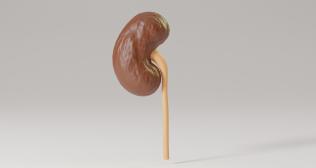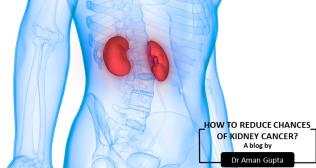
Balanoposthitis: Comprehensive Guide to Diagnosis and Treatment Options
Introduction
Balanoposthitis is an inflammation of the foreskin, known as posthitis, and the head of the penis, known as balanitis. When both areas are inflamed, this is the condition that we know of as balanoposthitis. The condition is not very pleasant at all. One could be constrained by redness and swelling or itching, discharge, and, at times, pain. Balanoposthitis is examined in this blog post, with information on diagnosis alongside updates on different treatment methods that can be deployed later in the blog.
Diagnostic tests for balanoposthitis
In dealing with balanoposthitis, correct diagnosis is important because the condition could be caused by infectious processes or other skin diseases. Here are the diagnostic tests and approaches commonly used to identify balanoposthitis:
Physical examination
The manifestation of balanoposthitis often begins with a thorough checkup by a doctor or an appropriate healthcare provider. The doctor will then assess the area of skin that is infected in terms of redness, oedema, secretion, or ulceration. They may also ask you questions about any signs or symptoms you may have had, such as itching, burning sensation, or pain while urinating or even any type of discharge.
Microscopic examination
In this test, a sample is taken with the help of a swab and then sent for the microscopic examination. Before identifying an infection being responsible for the redness developed, a swab from the area may be taken. This swab may be examined under the microscope, or it may be advisable to send it for analysis. It assists in knowing if the problem is due to bacteria, yeast (say Candida), or any other form of microorganisms. This is crucial in determining the appropriate management.
Urinalysis
A dipstick may also be suggested to rule out any possibility of infection in the urinary system since these may be related to balanoposthitis. Urine tests help exclude infections which could cause or exacerbate the symptoms.
Blood tests
Blood tests are rarely called for; however, there might be reasons that require them, for instance, if the doctor has an inkling that you have diabetes or any other related illness. Hyperglycaemia can make patients more susceptible to developing infective agents that result in balanoposthitis.
Biopsy (in rare cases)
If the balanoposthitis is recurrent or the diagnosis is unclear, sometimes a small piece of tissue from the affected area may be removed for histology. In most cases, this test is employed as a way to eliminate other serious conditions like penile cancer or any other skin ailments.
Treatment options
Specific treatment for balanoposthitis will depend on the particular cause of this condition. This means that infections, poor hygiene, or allergic reactions to living with irritants are all possible triggers, and therefore, the treatments are intended to tackle these causes.
Topical antifungal creams:
If the balanoposthitis is due to a fungal infection, such as yeast, topical antifungal medicine may be given. These topical treatments are administered to the specific area of the infected skin to help end the inflammation and sweep the fungal intrusion away. Standard antifungal creams for the treatment are clotrimazole and miconazole.
Topical or oral antibiotics:
If bacteria cause the symptoms, antibiotics will be needed to treat the balanoposthitis. For topical bacterial infections, with agents like mupirocin, topical antibiotics are normally used on compromised skin or if infection is limited to a focal area. However, if the condition is more severe or there is a broader infection, one may be given oral antibiotics to treat the bacteria.
Steroid creams:
In cases where inflammation results from other skin illnesses like eczema, psoriasis, or dermatitis, then a mild steroid topical solution can be prescribed. These creams have the benefits of decreasing inflammation, irritation, and itching, as well as lessening redness of the skin. An example of such a steroid is hydrocortisone, which is released into the bloodstream during an asthma attack or after exercise.
Improving personal hygiene:
Another issue that is relevant to the appearance of balanoposthitis and its treatment is simple personal hygiene. Cleansing itself means that bacteria, yeast or irritants that cause infection and inflammation do not accumulate in the genital area. Usually, the dermatologist advises not to scrub the affected skin but to wipe it with water and mild soap and then dry the skin properly.
In regard to the male genitals, the foreskin must regularly be cleaned in order to prevent occurrences of infections in those who are uncircumcised. This needs to be done in moderation or with gentle hand wash because the activities can lead to further skin irritation.
Conclusion
Balanoposthitis can be irritating, but if a correct diagnosis and intervention are made, it can be controlled. The first step is to consult a health care provider for examination. If the onset of symptoms is due to a particular fungal or bacterial strain, then topical application of antifungal/antibacterial agents like antifungal creams, antibiotics, or even steroid ointments can all provide some benefits. If the situation is not too severe, an increase in hygiene or even the exclusion of some irritants will suffice; however, if everything progresses to a chronic stage, then circumcision may be advisable.



















